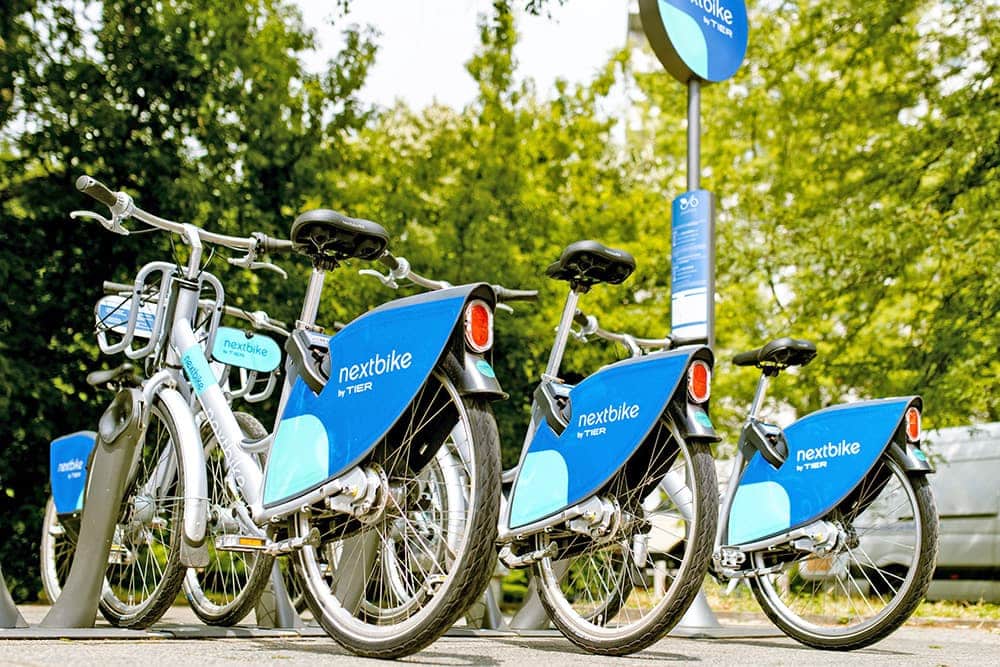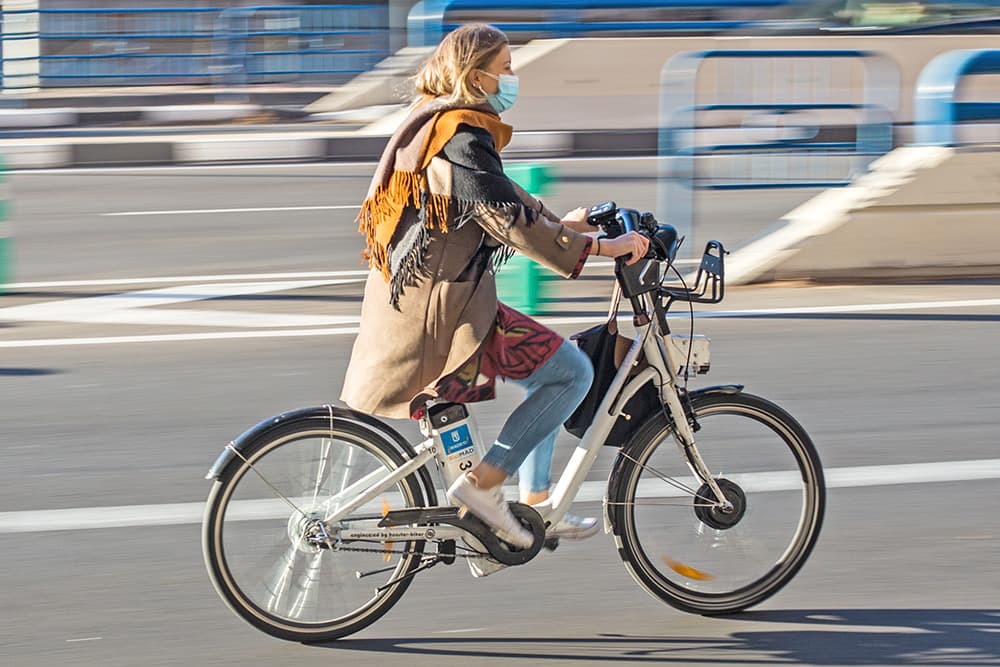What was the challenge or problem to solve?
INFINITIA’s Strategic Design area has analysed a public electric bicycle rental system in which a failure had been detected when returning the vehicles. After registering a large number of complaints from users, the client contacted us to locate the cause of the failure and, in this way, to be able to provide an appropriate solution.
The starting point was an error observed when depositing the bicycles in the docking system. The users were not able to correctly anchor the bicycles, which prevented them from completing the trip and meant that they continued to be charged for more than the time they had used the service.


In this project, the involvement of our user community of IUtest panellists was decisive. First of all, we designed a user test aimed at a segment of our community who were asked to collaborate. In this test, participants were asked to perform the tasks involved in the usual process of returning bicycles. In this way, we were able to directly observe the incidents that occurred to them and determine the origin of the failures, which could be in the interaction with the application, in the programming of the application or in the technology of the anchoring system.
The next step, therefore, was to design and develop a new digital architecture to improve the usability of the application. To do this, Adobe tools such as Figma and Adobe XD were used to generate new wireframes and initial screens.
Finally, we tested and validated this proposal through a series of usability tests aimed, once again, at our IUtest community. The results allowed us to verify that, after the redesign of the application, users completed the process of using the service correctly.
Thanks to this research, our client was able to verify that there was an error in the interaction and have an effective solution to this problem, achieving its goal of generating satisfaction among users.

